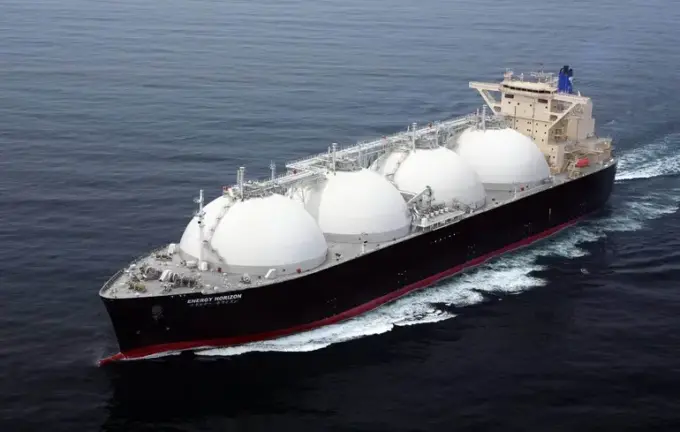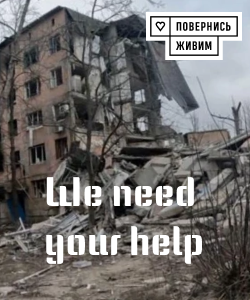EU Still Buying More Russian Gas Than China: Who’s the Bigger Consumer?

Last week, the global attention was once again drawn to the European Union’s energy dependence on Russian oil and gas supplies.
Despite repeated statements about reducing reliance on Moscow, new data shows that EU countries continue purchasing significantly more Russian gas than China, challenging their stated policies.
According to analysts, between January and September of this year, the EU imported nearly half of all Russian LNG exports, while China received only 22%.
This indicates that European nations remain key consumers of Russian energy resources, despite open sanctions and plans for gradual decoupling.
Notably, Hungary and Slovakia remain the largest importers within the EU, purchasing approximately 600 million euros worth of Russian gas last month.
Although the reduction in revenue for Russian companies, driven by decreased purchase volumes, still allows Moscow to fund its ongoing military activities.
Experts warn that if EU and Asian markets shrink further, Russia could lose around $7.4 billion in monthly revenue, which would substantially impact its military budget and overall economy.
Despite expectations of gradual import reductions in the coming years, both in Europe and Asia, these markets remain accessible to Russian energy supplies, posing a challenge to future sanctions strategies aimed at altering this dependency.

